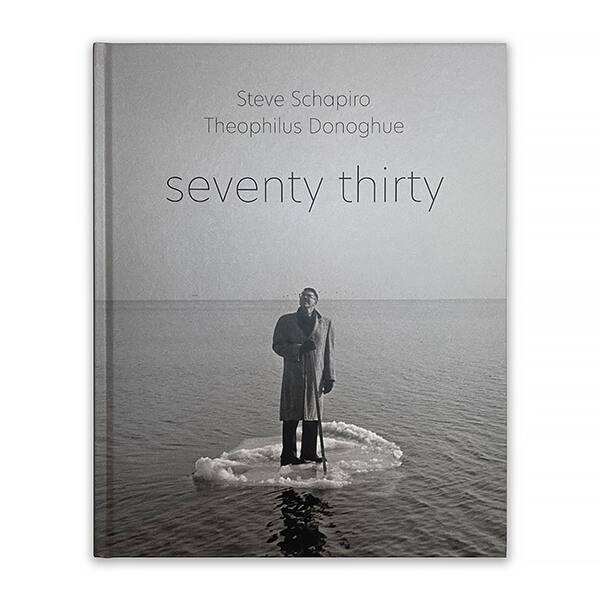A new release,
Seventy-thirty (published by
Damiani) depicts humanity's various faces and expressions, from metropolitans to migrants, unseen homeless to celebrities such as Robert De Niro, Muhammad Ali, Rene Magritte, Janis Joplin, and Andy Warhol.
Steve Schapiro photographs early New York skateboarders while
Theophilus Donoghue documents current Colombian breakdancers. Alternately profound and playful, father and son's photographs capture a vast range of human emotions and experiences. For this project, Schapiro selected images from the 60s civil rights movement and, with Donoghue, provided photos from today's Black Lives Matter protests and environmental rallies.
All About Photo: Your new book titled seventy thirty is a collaboration between yourself and your late father, Steve Schapiro. You chose the overarching theme of exploring the various aspects of humanity, how did you two land on this topic?
Theophilus Donoghue: My dad and I began working on two projects together at the same time in early 2018: a project about the Christian social activist Shane Claiborne and a book about New York. The project with Claiborne was completed and it’s a book that will hopefully be published within the next couple of years. The New York project seemed never-ending since there’s so much to photograph in the city. While in the midst of this project, I was given an opportunity to participate in a program called The World Race, which is an 11-month mission trip to 11 countries. I initially went on the trip without my camera since I wanted to have pure intentions to serve and not get distracted with photography. However, as the trip progressed, it became clear that I could do even more service by taking photos. The parent of a fellow traveler kindly brought my camera to me in Nicaragua.
On returning from the trip, I compiled my favorite images and also began editing the Claiborne book with Steve and his wife/my mother Maura. Then, the pandemic occurred and we put all projects on hold. During December 2020, my dad was contacted to participate in ARTSY’s 20 21 Artists in Support of Human Rights Watch benefit auction. Each famous artist was requested to select a budding artist to contribute to the auction. Without me knowing anything about this auction, Steve described it to me and said that he wanted to nominate me. I felt quite honored of course and contributed Hindsight Intersection, which sold twice (to no one I had ever met!). I share this in order to explain the roundabout way in which this book came about. By drawing attention to my work through the auction, my dad encouraged me to start exhibiting my photos. I did a 5-month Instagram exhibit in March 2021, and inspired by that, Steve and Maura developed a concept for a third project apart from the other two. This project would consist of a dialogue between my dad’s photos and mine. Since a lot of the work I thought to display included photographs from Central and South America, the theme of representing a cross section of humanity started to develop since Steve has some great images from Ethiopia, India, and Europe which Maura and he thought to include as well. I had little involvement in designing seventy thirty. Steve and especially Maura, the mastermind editor behind a lot of Steve’s books, pieced the project together, and Lorenzo at Damiani helped greatly with the design.
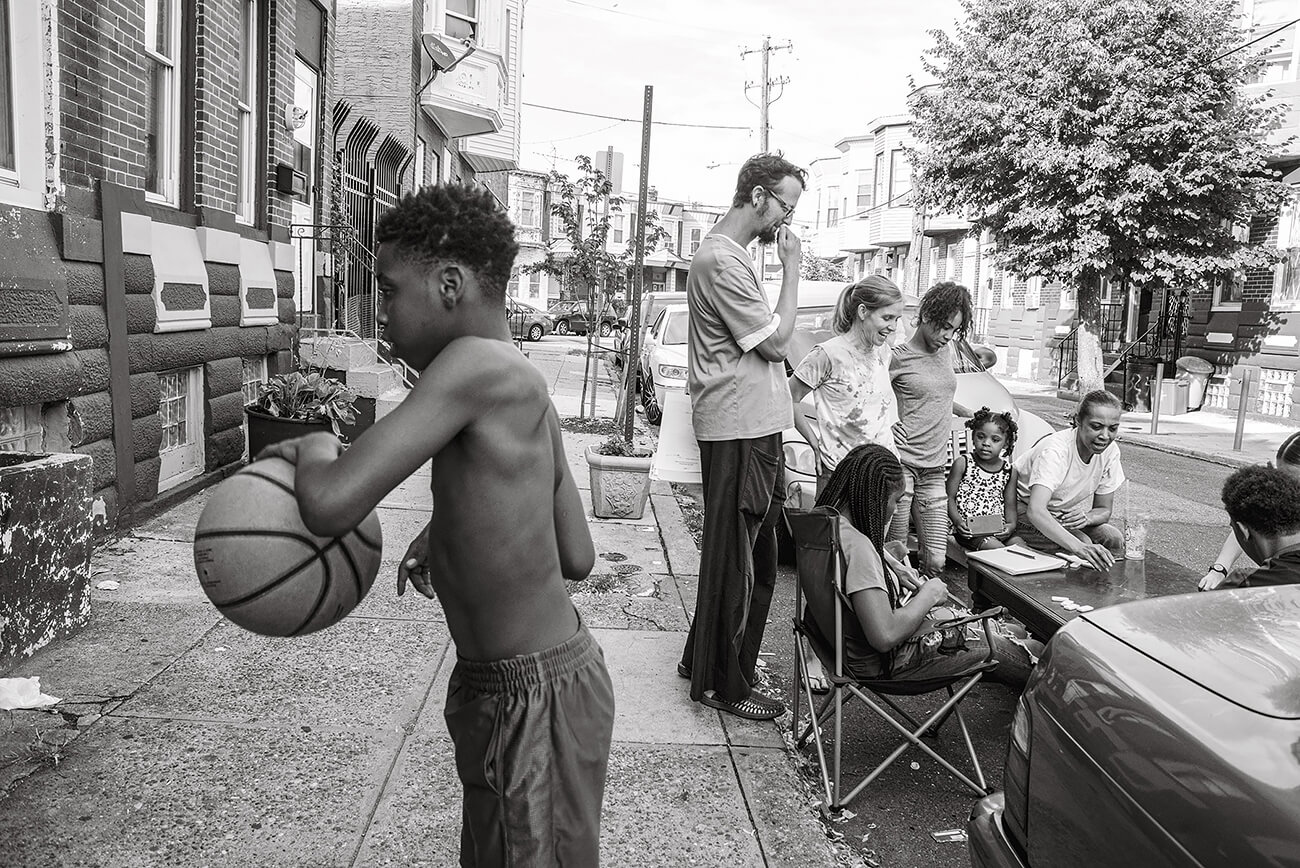
The Simple Way © Theophilus Donoghue
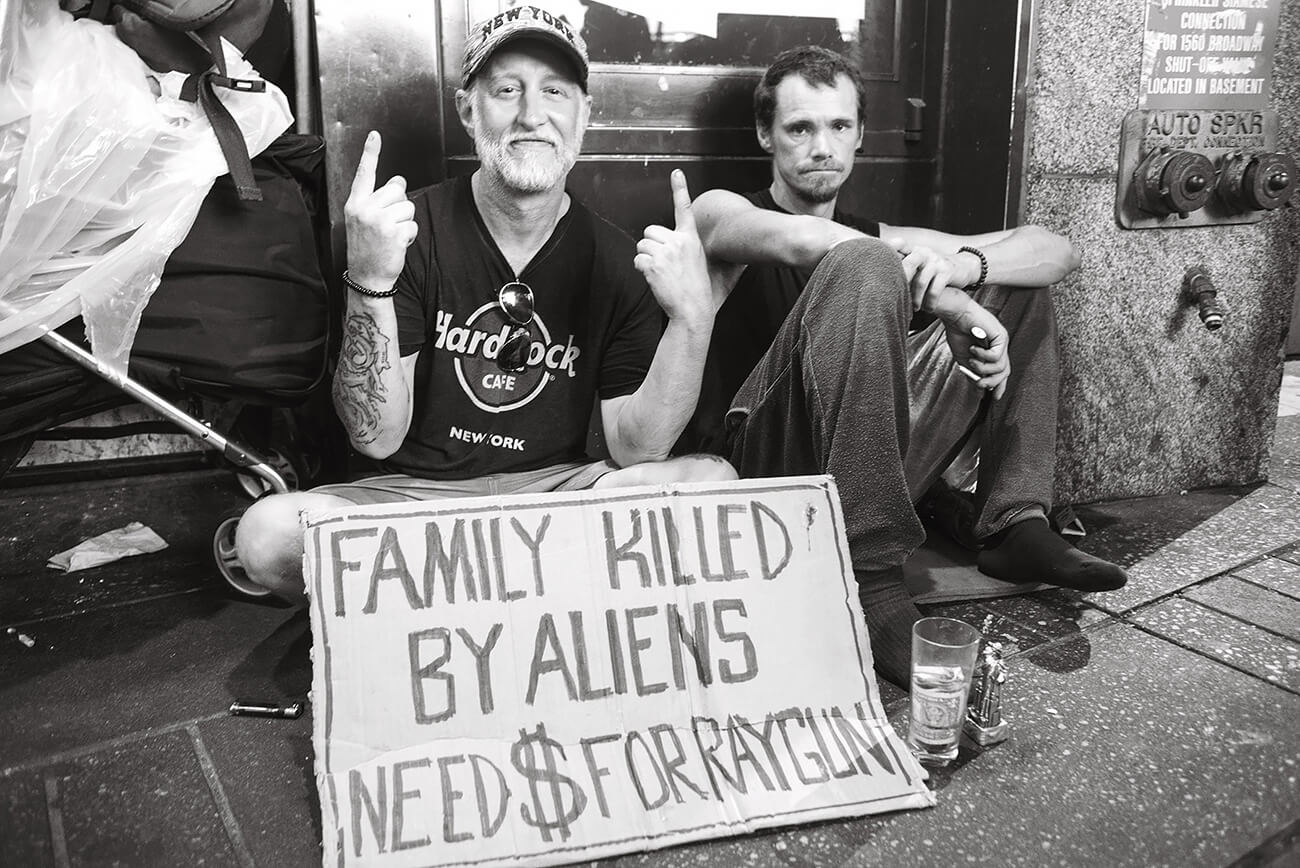
Ray Gun © Theophilus Donoghue
I grew up surrounded by my dad’s photos and those of his heroes and of his peers that he respected, namely Robert Frank, W. Eugene Smith, Cartier-Bresson, Dorothea Lange, Walker Evans, Elliott Erwitt, Koudelka, etc. This helped me to develop an eye for photography. I also heard my dad give countless lectures on photography, and his philosophy of design, emotion, and information being key ingredients to a great photo strongly influenced how I look for the right shot. The most important factor though was simply traveling and spending a lot of time with him. Steve would always have his camera with him, and I was primarily taught by observing what he selected to shoot. My dad taught me to look for those unusual set of circumstances that make a classic image. I might add that there’s a lot of humor in some of my dad’s photography, and in many ways, my dad helped me to develop a photographic sense of humor, which helps to balance out the more serious and heavy topics.
How does the book represent your work, separately and side by side, is there a timeline or is it separated by topic? How do viewers navigate seventy thirty?
The book is primarily Steve’s work, 70% so to be exact! Maura can tell you how often I wanted to back out of this project since I truly feel it contains some of Steve’s best work and I didn’t want to prevent anyone from seeing it by having my photos included. However, I’m really happy with what I contributed, and this is a project that meant a lot to Steve, so there was no running away from it. There is such a nice conversation between Steve’s photos and mine throughout it and Steve’s photos dialogue beautifully with themselves as well. Seriously, the main reason I didn’t want to be involved is because of how much I love Steve’s work in seventy thirty. It feels awkward for me, being a part of it, to tell people that I think this is one of Steve’s top three books published so far alongside
American Edge and
The Fire Next Time. This book, in many ways, feels like an international version of
American Edge with plenty of stateside shots. Also, Steve had yet to publish nearly any of the photos in
seventy thirty, which is an exciting element.
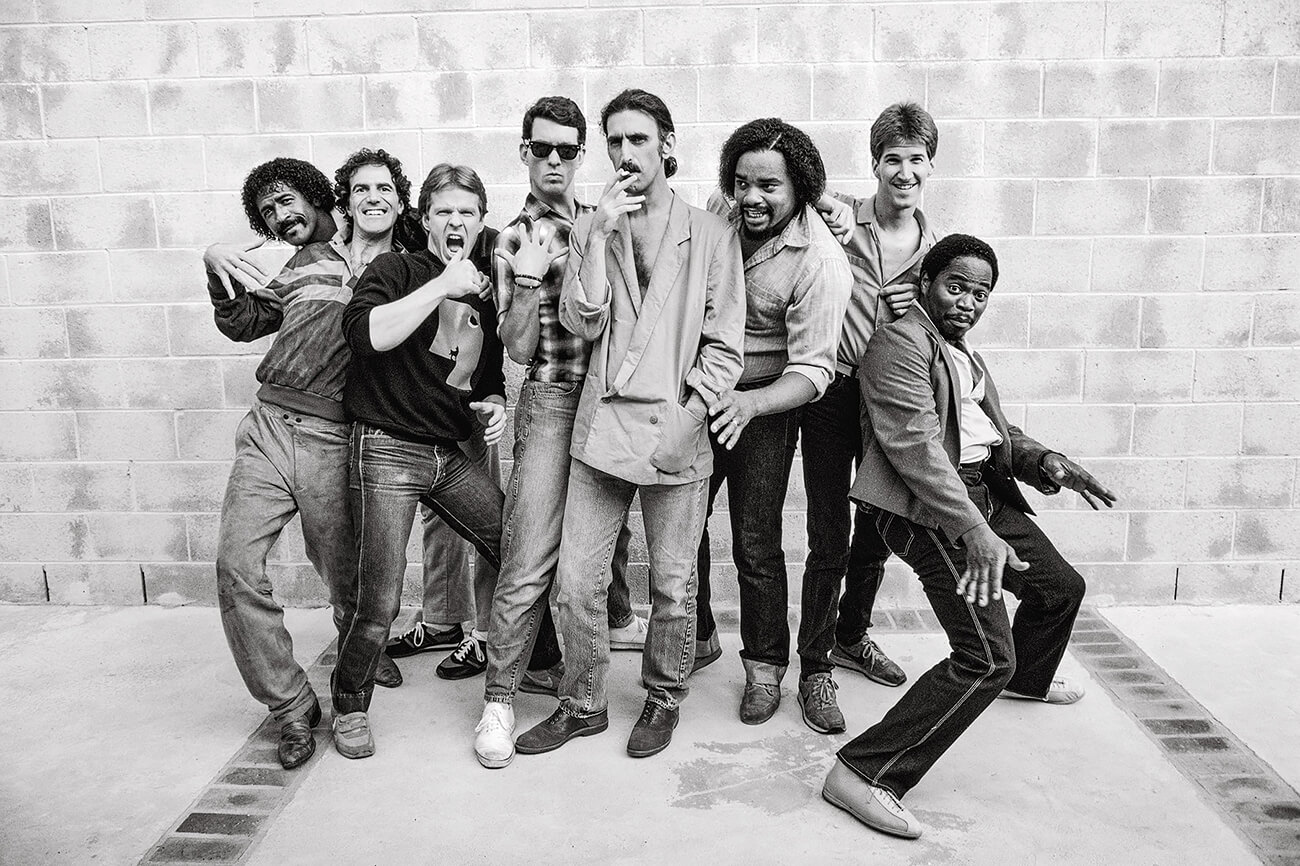
Zappa and The Mothers of Invention © Steve Schapiro
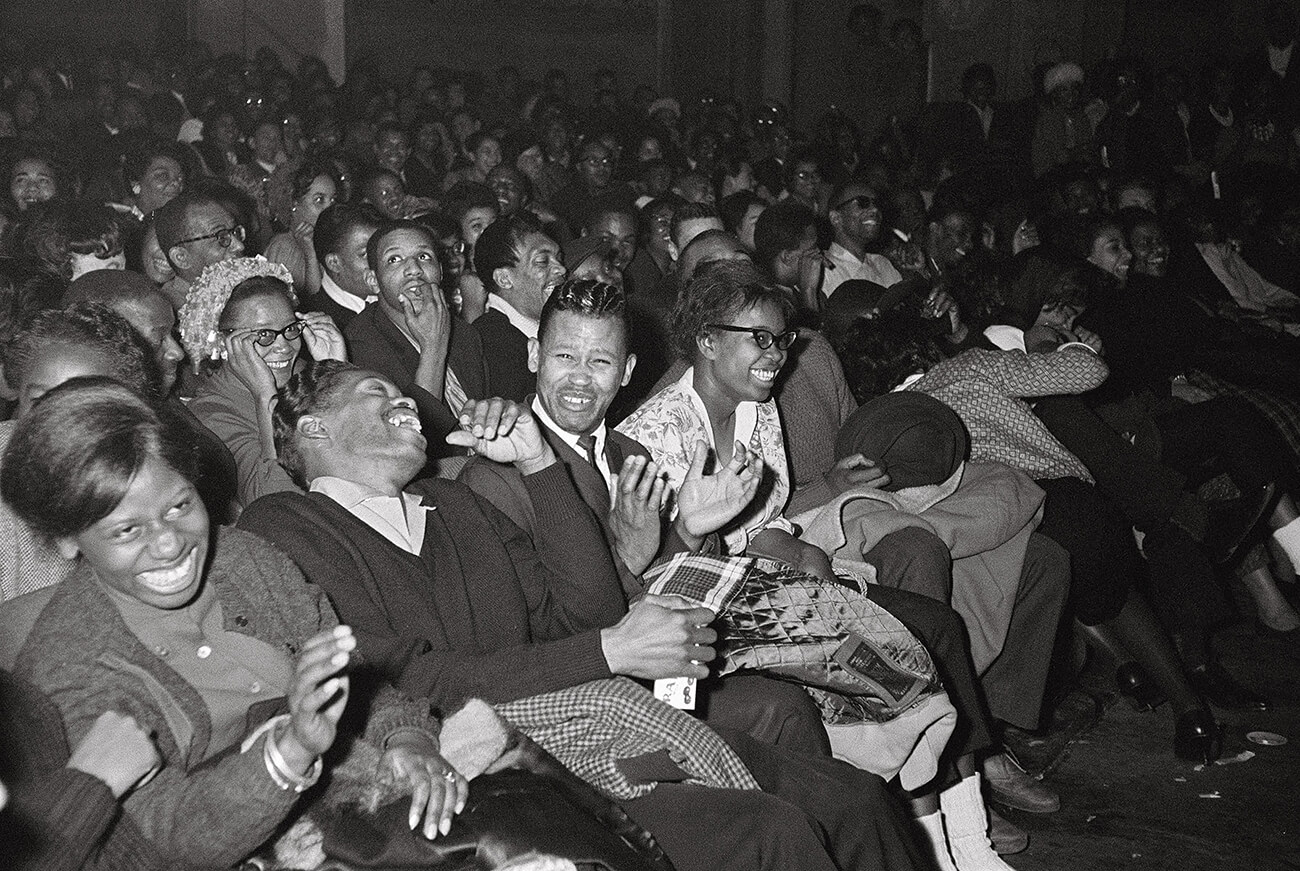
Laughing © Steve Schapiro
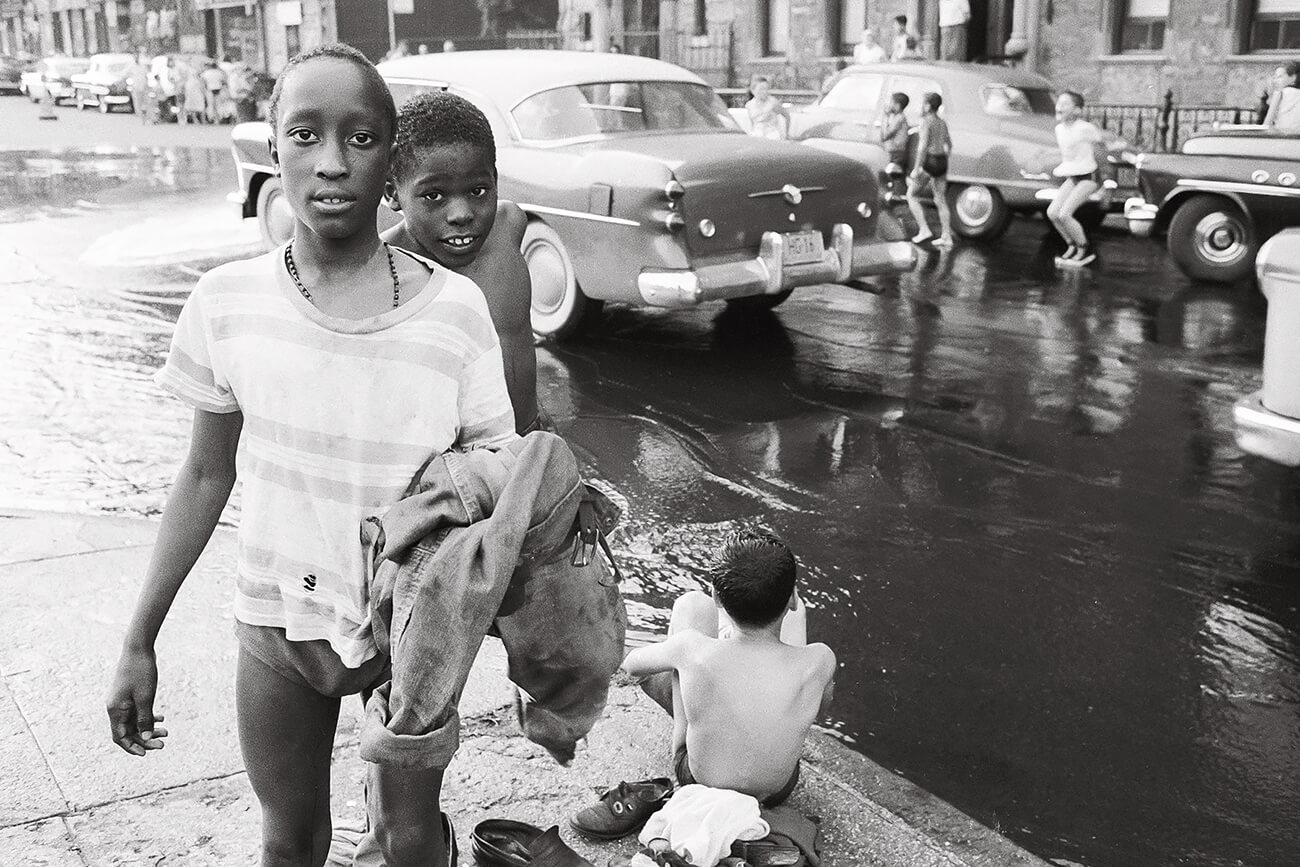
Kids in Street © Steve Schapiro
This book is seriously teeming with incredible Steve images and stories. Two of my favorite images in the book are Shooting Dice and Socialites Pointing.
In terms of stories, there’s an image from Apocalypse Now in the book, and Steve claimed that he almost was given the role of Dennis Hopper in the film since Hopper was nowhere to be found in the Philippines. Steve felt it would’ve been an absolute disaster if that had happened! However, Steve played a photographer in Robert Altman’s Brewster McCloud exceptionally well in my opinion, so I think he could’ve pulled it off.
Steve’s What to Wear in seventy thirty is another favorite photo of mine. Maura, Steve, and I volunteered in Ethiopia after I finished high school, and Maura and Steve became fixated on one of the sweetest young girls in the village of Ziway, now known as Batu, where we were staying. This young girl Algonesh was disabled and used her arms to walk. My dad did a whole photo story on her and her family, and this portrait of her in the book is quite powerful. Her shirt reads “Problems of the World Do Not Include What to Wear.” There is another excellent photo of Steve’s from Ethiopia which accompanies this one and—at some point—Maura and I hope to publish Steve’s work from Ethiopia since it’s truly top-quality and meaningful.
In terms of my photos, Hindsight Intersection is interesting since the circumstances appeared quite unexpectedly. Steve and I were photographing a protest with Shane Claiborne in Philadelphia, and Claiborne and some fellow activists had just been arrested. Shortly after their arrest, I caught sight of this moment, which was unrelated to our project, on a nearby corner. It was one of those split-second decisions in which you have to go for it and shoot. If you hesitate when you have that instinct to photograph, you might miss something special.
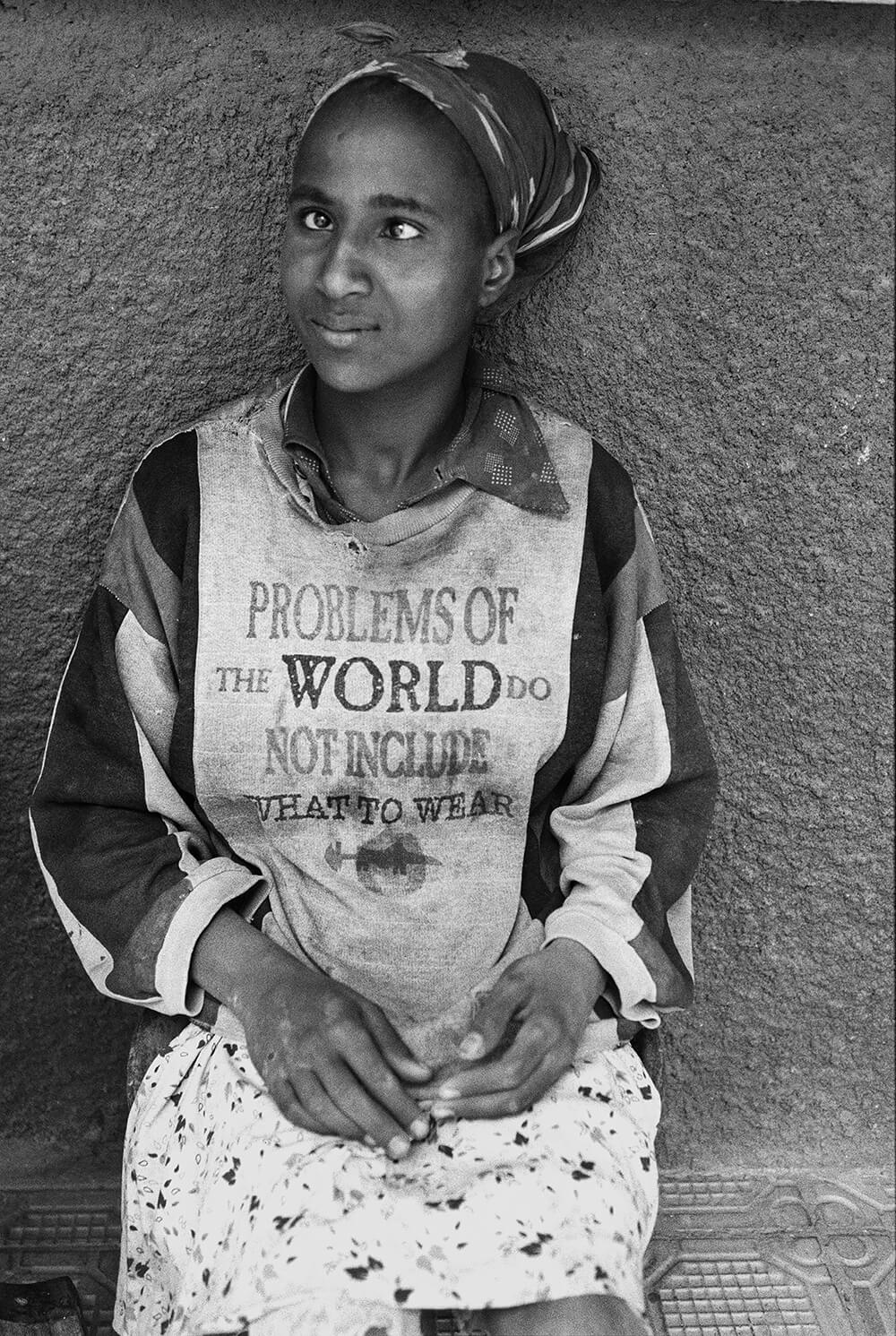
What to Wear © Steve Schapiro
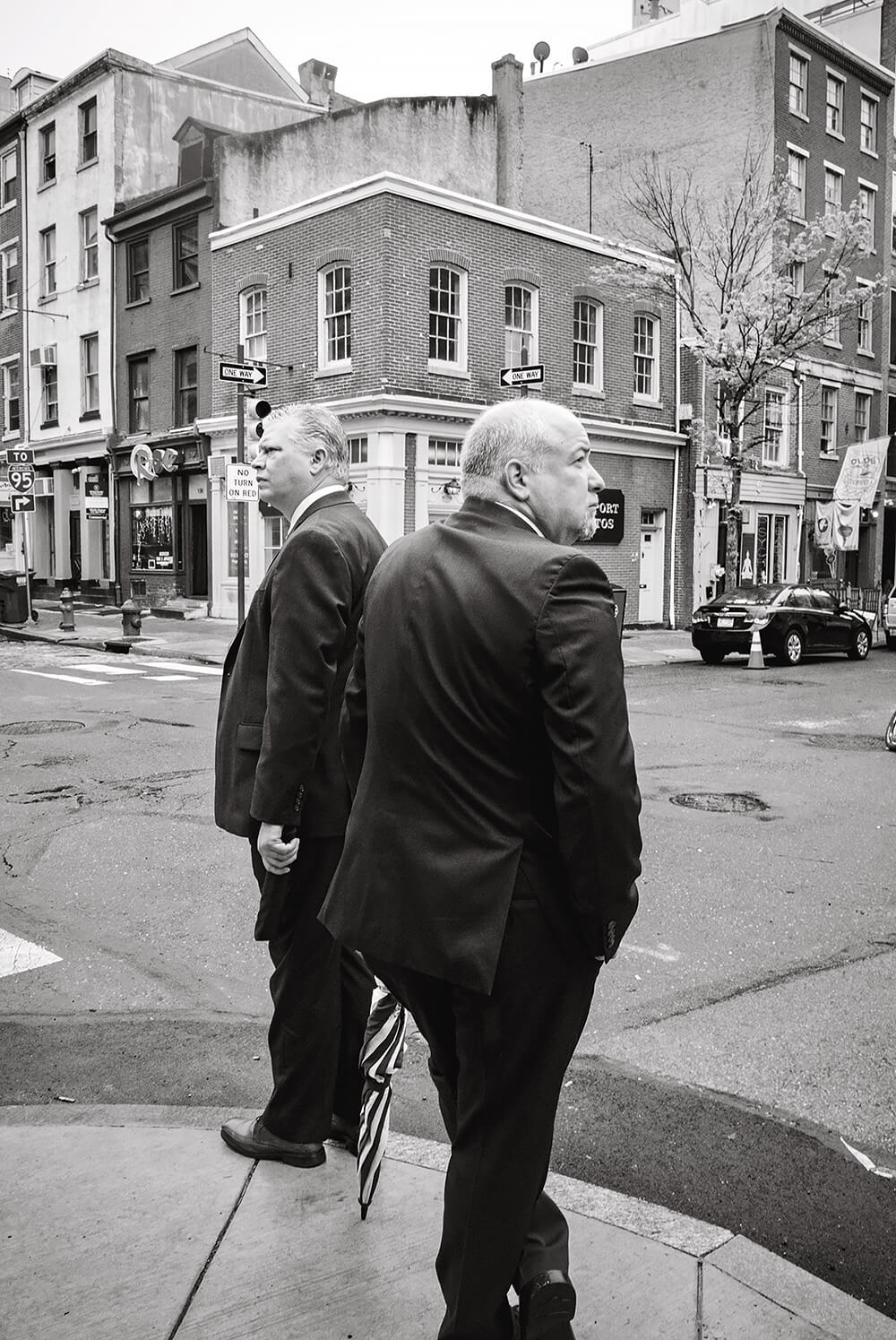
Hindsight Intersection © Theophilus Donoghue
Prior to Steve’s passing, Maura and he put together several book projects, one of which was seventy thirty. Among some of the other Schapiro projects in store are an Andy Warhol book, a book of Steve’s jazz photography, an RFK book, a photojournalism book featuring several topics, and a book about New York during the 50s and 60s.
We also have numerous shows scheduled. There is one currently at In The Pink in Portugal along with a civil rights exhibit at Miami of Ohio and another civil rights group show at Atlas Gallery in London next month. This December, Fahey/Klein in Los Angeles will be doing a tribute show for Steve, and we have a bunch of exciting things lined up for next year which are Warhol, The Velvet Underground, and Bowie-related. We recently created a
new website for Steve which features his photos in greater depth than the previous one, and we’d like to encourage fans of my dad’s work to check out the Exhibitions section of the website in order to stay updated.
In terms of myself, I’m excited to publish the Shane Claiborne book at some point and continue to develop projects of my own. Some of the New York book we were working on got incorporated into seventy thirty, but I have several other projects in mind, most notably one about Africa since I want to draw attention to the poverty that exists there. It troubles me that we can go on with our expensive sports events and movies while many people in Africa struggle to have basic necessities, such as clean water. I’d love to partner with a group like charity: water or even The World Race again in order to document how different life is throughout the African continent.
As excited as I am about pursuing different projects on my own, my main photographic passion currently is digging through Steve’s incredibly vast archives. Steve was a prolific documentary photographer and probably 80% of his photos have yet to be seen. On many of Steve’s contact sheets, he circled his favorites, so a lot of the editing has been completed in advance by him. I’m excited about being able to share my dad’s documentary photography which is in the vein of his favorite photographers yet extremely distinct as well. Maura, Steve, and I used to joke about Steve’s genuine but perhaps too-often repeated words of encouragement to young photographers: “We all have a unique point of view.” However, these words are true, and I’m grateful to share Steve’s unique photographic gems with the world. They’re truly history captured with both thought and beauty.
Read also our 2019 Exclusive Interview with Steve Schapiro
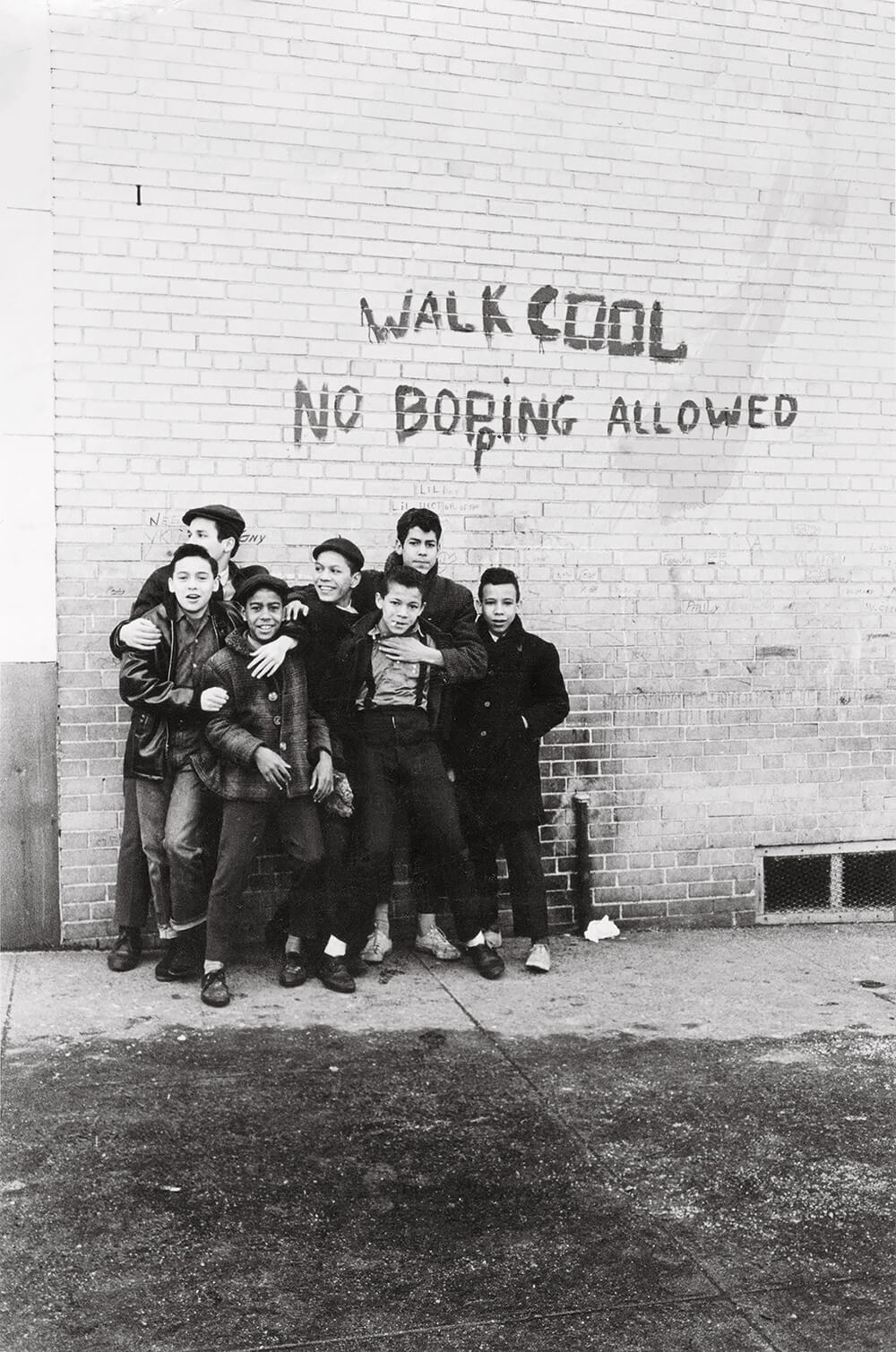
Walk Cool © Steve Schapiro
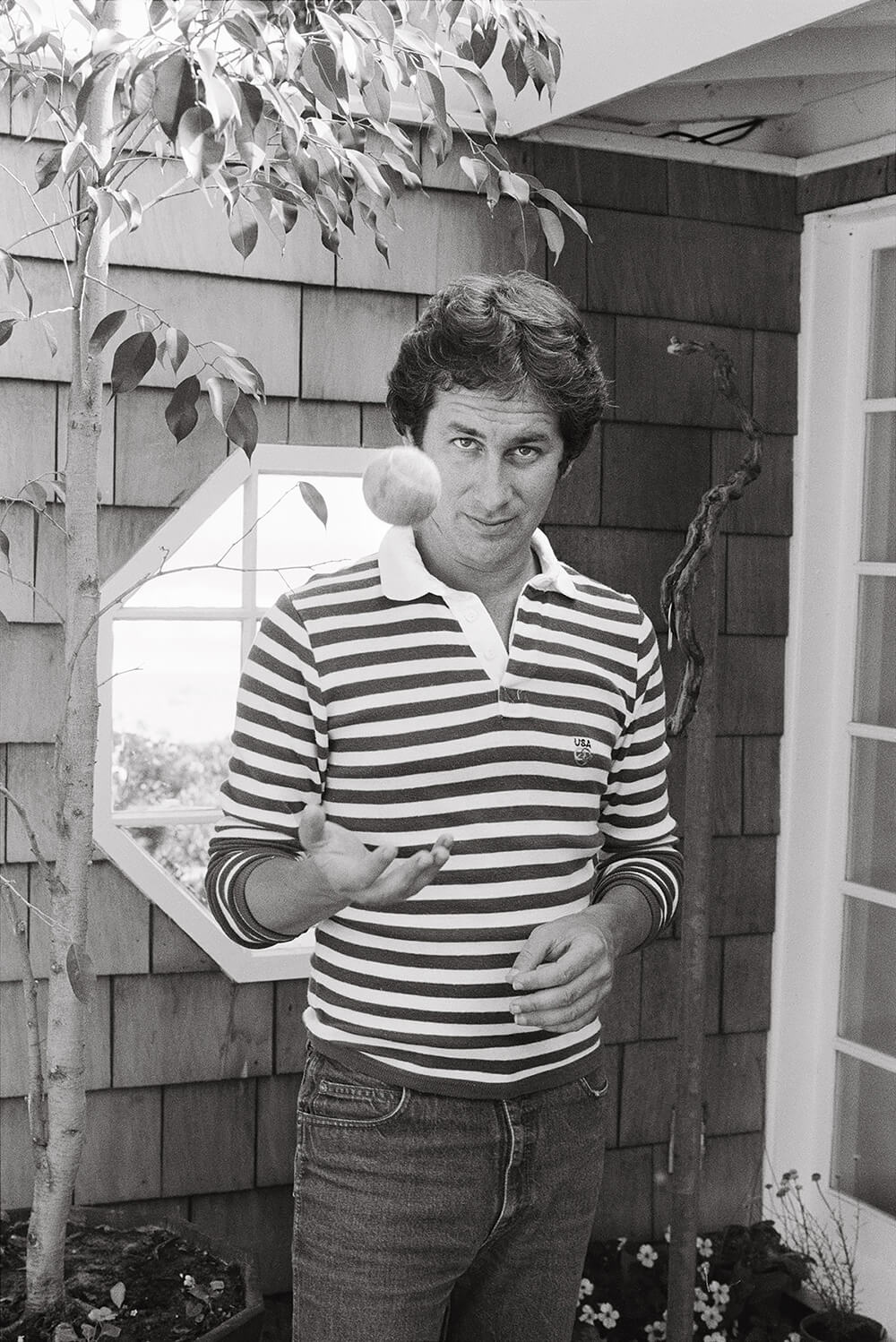
Spielberg, Ball in Air © Steve Schapiro
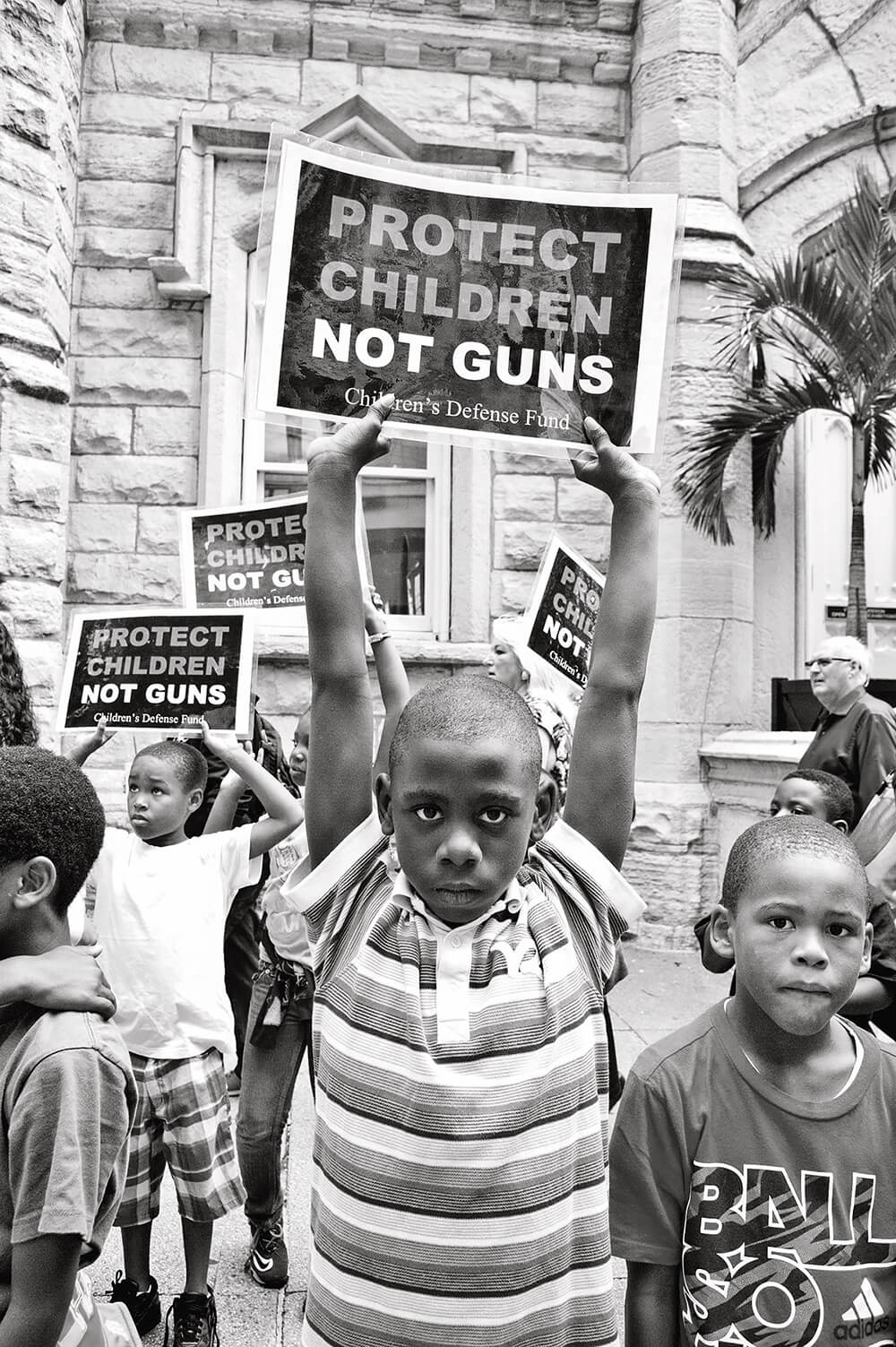
Protect Children not Guns © Steve Schapiro
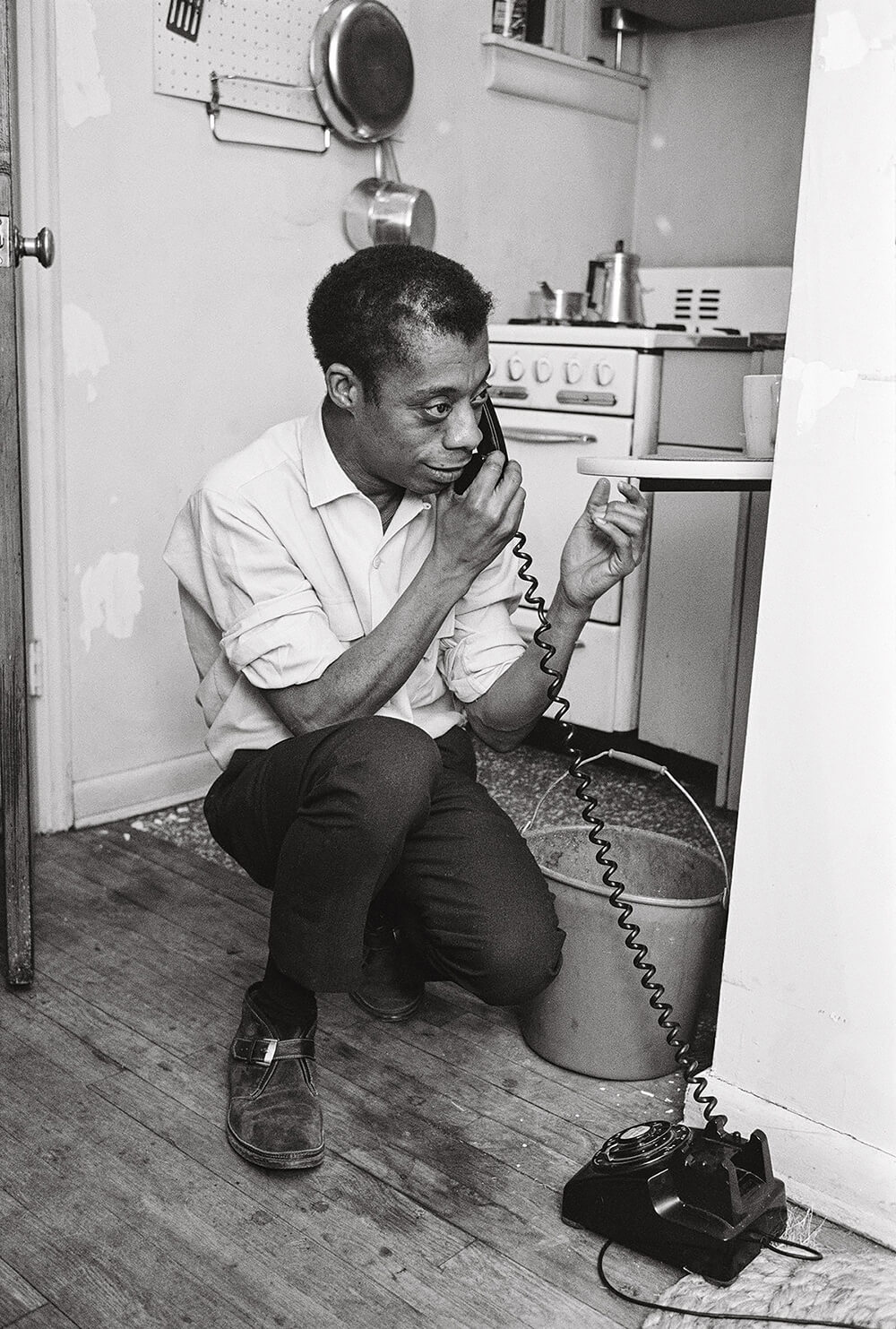
Baldwin on Phone © Steve Schapiro
